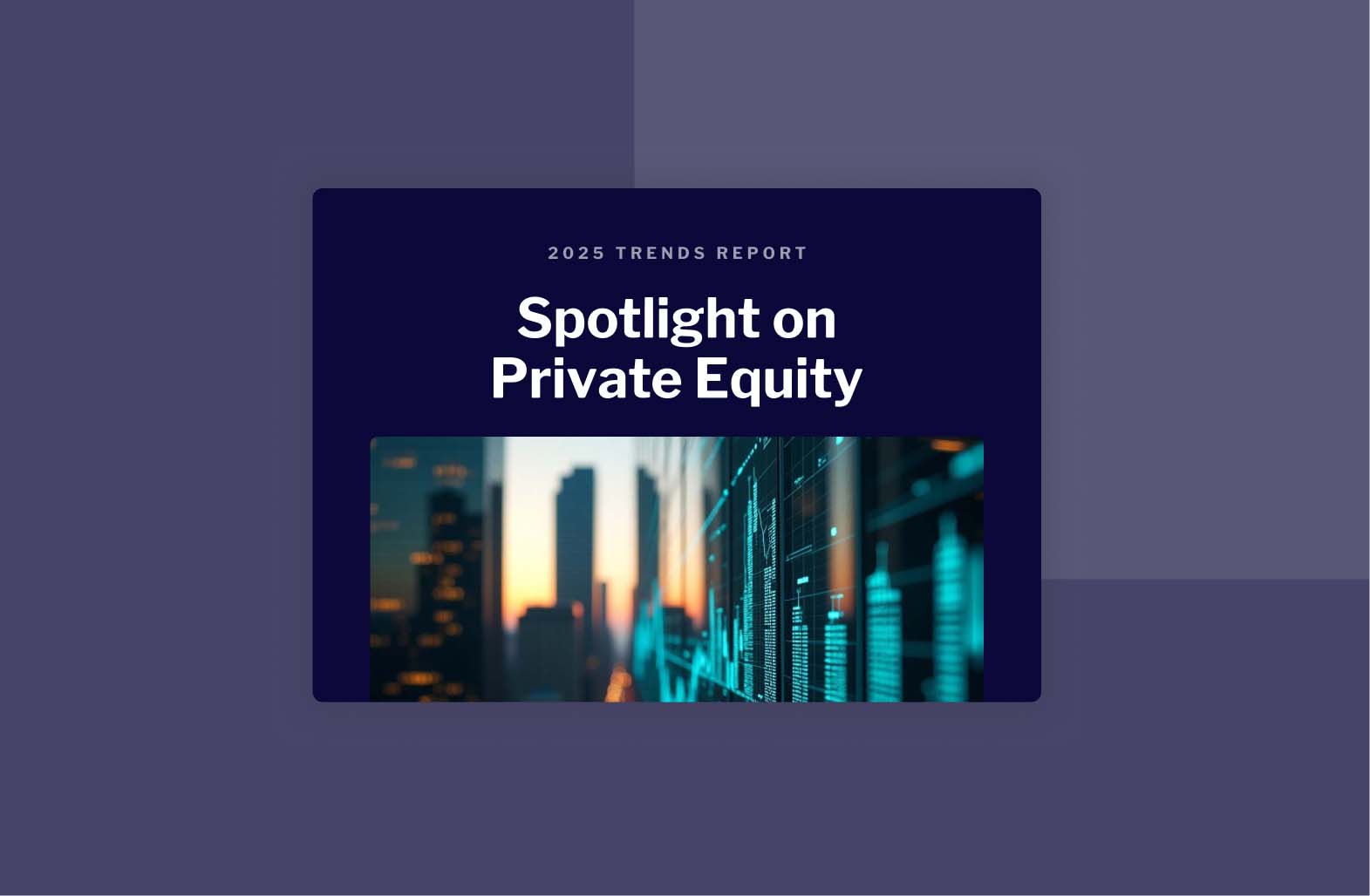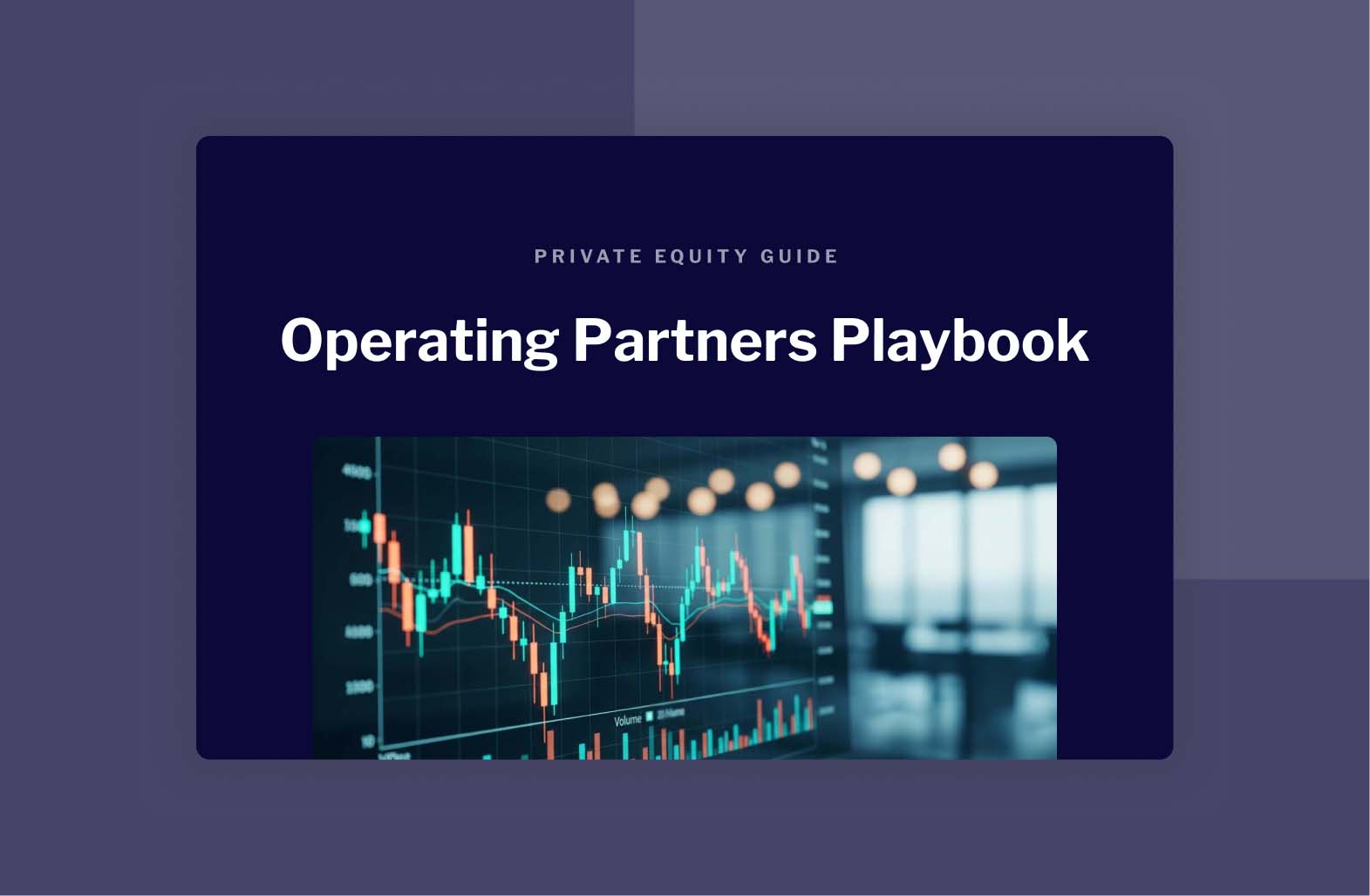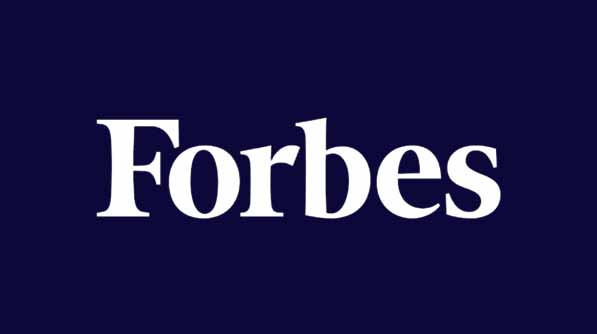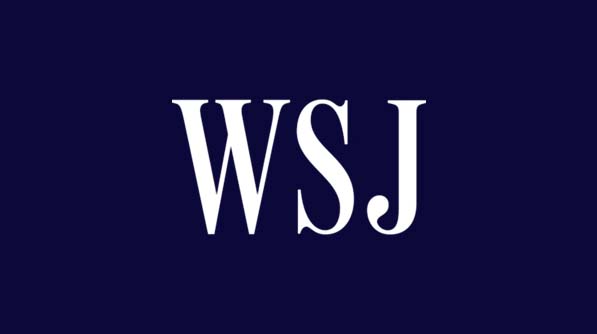From Buffer to Business Partner: Rethinking How Leaders Learn to Lead with HR

Many leadership teams are operating from an outdated model that positions HR as a buffer between executive decisions and difficult organizational consequences. In this model, HR is not seen as a collaborator or strategic input but as the group that handles follow-up by default: culture issues, retention gaps, and unspoken accountability voids.
What often follows is a familiar sequence: a problem emerges, HR is tasked with smoothing it over, and no systemic adjustments are made upstream.
The real issue isn’t an HR capability gap; it’s a leadership mindset gap.
The best leadership teams think of HR as an integrated system partner whose insights shape strategy alongside other operational levers (not as a downstream buffer). HR brings frameworks, tools, and measurement capabilities, and these leadership teams learn how to engage those inputs early and intentionally.
Let’s evaluate where this mindset gap came from, how it impacts organizations, and what those organizations can do to close the gap.
The “HR problem” that isn’t
Here’s a scenario you might recognize:
Middle managers are struggling. Communication’s fragmenting. There’s friction across teams, morale is tanking, and every skip-level feedback thread sounds like a page from “What Not to Do in Leadership.” So naturally, the fix is clear: HR needs to run a new training on psychological safety.
Or:
A couple of high performers just left unexpectedly. There’s panic about losing top talent. In the post-mortem, leadership decides the exit interviews weren’t “deep enough,” and asks HR to improve the process. Also, a stay interview program gets fast-tracked. (Still without discussion on manager behaviors, mindsets, or development readiness.)
Sound familiar?
These aren’t HR problems; these are leadership problems that are being misattributed to HR. The larger issue is a systemic dysfunction where a leader’s limited thinking considers HR a shield. Protective and important, sure, but only useful after something’s gone wrong.
HR’s evolution has outpaced many leadership mental models. Training leaders to behave differently doesn’t work if they think HR is just compliance dressed up in culture language.
So what happens when this mindset goes unchanged?
- Leaders don’t include HR early in strategic planning.
- They hesitate to show vulnerability or uncertainty to HR partners.
- They treat talent decisions like isolated tasks — hire, fire, promote — rather than culture-shaping acts.
- HR becomes both scapegoat and sponge, absorbing the weight of misaligned leadership without ever being empowered to prevent it.
What systemic leadership learning looks like
To design a program that teaches leaders to think differently about HR, we need to start by teaching them to think in systems.
Strategic HR is the coordination layer for how people move, grow, struggle, and succeed in the organization. If leaders can’t see those systems — or worse, see them as someone else’s concern — then they’ll keep making decisions in silos. Culture becomes fragmented, strategy gets misaligned, and accountability becomes patchy at best.
So let’s reimagine how this shows up in leadership development. Consider this learning arc:
Step 1: Surface the mental model
Invite leaders to name and gently challenge their own assumptions. Ask:
- “Who do you think HR is there to serve?”
- “How do you decide whether a decision needs HR’s input?”
- “When something people-related goes wrong, what’s your first instinct? Do you fix it yourself or hand it off?”
These aren’t trick questions. They’re diagnostic discovery tools. The point isn’t to make anyone feel called out but to surface operating assumptions that rarely get aired.
Once they’re on the table, they can be interrogated — not defensively, but curiously.
Step 2: Expose pattern failures (and successes)
Next, anchor the shift in real consequences. Set up mini case-based learning labs. Show how different levels of HR integration produce different outcomes, not only in engagement or retention but in downstream effects like performance variability, coordination breakdowns, and even brand reputation.
Let leaders trace a scenario backward: “What was invisible at the time but obvious now?” That’s the moment insight catches.
Sample problem: A business unit launched a restructuring initiative with no HR involvement until teams were reassembled.
Unpack:
- What signals were missed?
- What were the human costs?
- What data could have been used differently?
- How does early HR engagement shift forethought vs. cleanup?
These exercises teach more than policy; they teach pattern fluency: the ability to detect, diagnose, and iterate in real time. That’s what builds system-savvy leadership.
Step 3: Practice partnership (not delegation)
This is where the rubber meets the road.
Facilitate live sessions where leaders and HR partners co-analyze real organizational issues. These issues could be hiring pipeline bottlenecks. Or retention dips. Or learning strategy design. The point isn’t to “use HR better.” It’s to learn how to think alongside them, because when you build together, you get momentum.
Use frameworks that treat HR as input-bearing equals, not validators or compliance holders. Even a conversation starter like “What are we solving for that has a people systems dependency?” changes how problems get scoped.
Step 4: Apply in the wild
All this structured learning means very little if it doesn’t sustain under real pressure. So the final layer is application: sending leaders back into their roles with guided reflection prompts, live decision audits, or even shared “decision journals” with their HR partner over a month.
Encourage leaders to reflect with questions like:
- “What decisions did you make this week that shaped team experience?”
- “Where was HR an input and what shifted as a result?”
- “Where did you still default to old patterns?”
The goal is visibility. The more decision points are illuminated, the more leaders start to self-correct. Cognitive rewiring sticks when leaders feel the cost of misalignment and the momentum of strategic support. The job of L&D is to engineer both.
What this looks like in practice
Let’s dig into an example. A mindset overhaul can seem simple when broken down into these four steps, but what does it look like in the real world?
Partnering with a county government, I saw supervisors across departments lacked a consistent foundation of leadership skills, resulting in uneven employee experiences, gaps in accountability, and limited internal leadership pipelines. The entity needed a new strategy to improve employee engagement and internal operations.
The solution was a full leadership development strategy for a county-wide supervisor training initiative, including needs analysis, curriculum architecture, success measures, and delivery planning. The new training program incorporated custom development modules to align with behavioral expectations and talent priorities for the county government, teaching supervisors how to better partner with HR to help their teams succeed and develop a pipeline of future leaders.
This repeatable 28-hour program has served hundreds of supervisors with consistently high satisfaction scores, and pre- and post-assessments revealed measurable skill gains for the supervisors in the program. The program addresses common gaps between leaders and HR, enabling supervisors to act as coaches to their teams, identify challenges early, and nurture leadership potential. Now in its second year of implementation, the program has helped the county government deliver superior employee experiences and better develop talent for leadership roles.
What happens when leaders make the shift
When leaders start treating HR as strategic infrastructure, the ripple effects aren’t subtle. You’ll see the impacts in:
- How decisions get made: Strategy conversations start with both business and people inputs.
- How performance gets managed: Instead of reacting to attrition or morale dip months after the fact, leaders are watching systemic signals with their HR partners in real time and adjusting for resourcing, developmental gaps, team dynamics, and equity patterns before the damage accumulates.
- How leaders show up: They’re more aware of how their micro-decisions shape macro-culture and and more supported because they’re not carrying the emotional labor, systems thinking, and culture work alone.
- And perhaps most meaningfully, how HR operates: When HR practitioners are no longer fielding last-minute crises or attempting to influence retroactively, they can work proactively on culture, capability, and organizational stewardship to reduce unnecessary friction, improve decision-cycle efficiency, and build mutual trust over time.
When leaders use a systems-aware approach, HR’s strategic capacity is unlocked not only by skill but by genuine partnership. And from that, stronger systems emerge.
For organizations serious about overhauling leadership mindsets and developing a forward-thinking and strategic HR mindset, internal alignment alone sometimes isn’t enough. Shifting deep-rooted behaviors and organizational patterns can require a catalyst — someone who can bring outside perspective, challenge assumptions, and guide the transition without being constrained by legacy dynamics.
That’s where Consulting 2.0 comes in. Partnering with an Expert who has led this type of transformation before can help organizations accelerate the shift, helping leadership teams build the mindset, habits, and infrastructure needed to turn strategic HR from a concept into a lived reality.
Ready to transform HR from a support function to a strategic engine?
Let’s TalkMeet the Author
Kelle Snow is a Catalant Expert and Founder of Thornbird Consulting, where she helps organizations build strategic learning programs, strengthen internal communication, and develop leadership at every level. With more than a decade of experience working with Fortune 100 enterprises, startups, and nonprofits, Kelle takes a human-centered and data-informed approach that enables companies to improve alignment, communication, and outcomes. Kelle holds a Master of Science in Educational Psychology with a focus in cognitive science and motivation and a Bachelor of Arts in English Language and Literature from the University of Nevada, Las Vegas.










